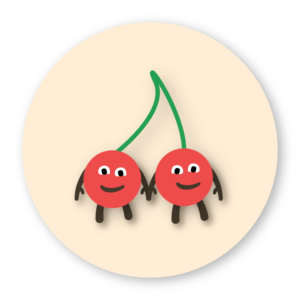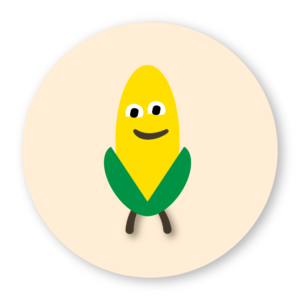Frustration Tolerance
What does it mean?
Frustration tolerance means being able to stay calm when things don’t go your way. This is a skill that children are not born with and need to learn through practice and support.
Some ways children might need to learn frustration tolerance are:
- Sticking with a task when it is difficult, like homework or learning a new sport technique
- Staying calm when you don't get what you want, like when a parent says "no" or another child gets something you want
- Coming up with new ideas when something isn't working, like when playing a game or building something
- Trying again when things don't work, like when your building falls or you get an answer wrong

How can I use a skill?
Learn how a skill can be used for Frustration Tolerance




















